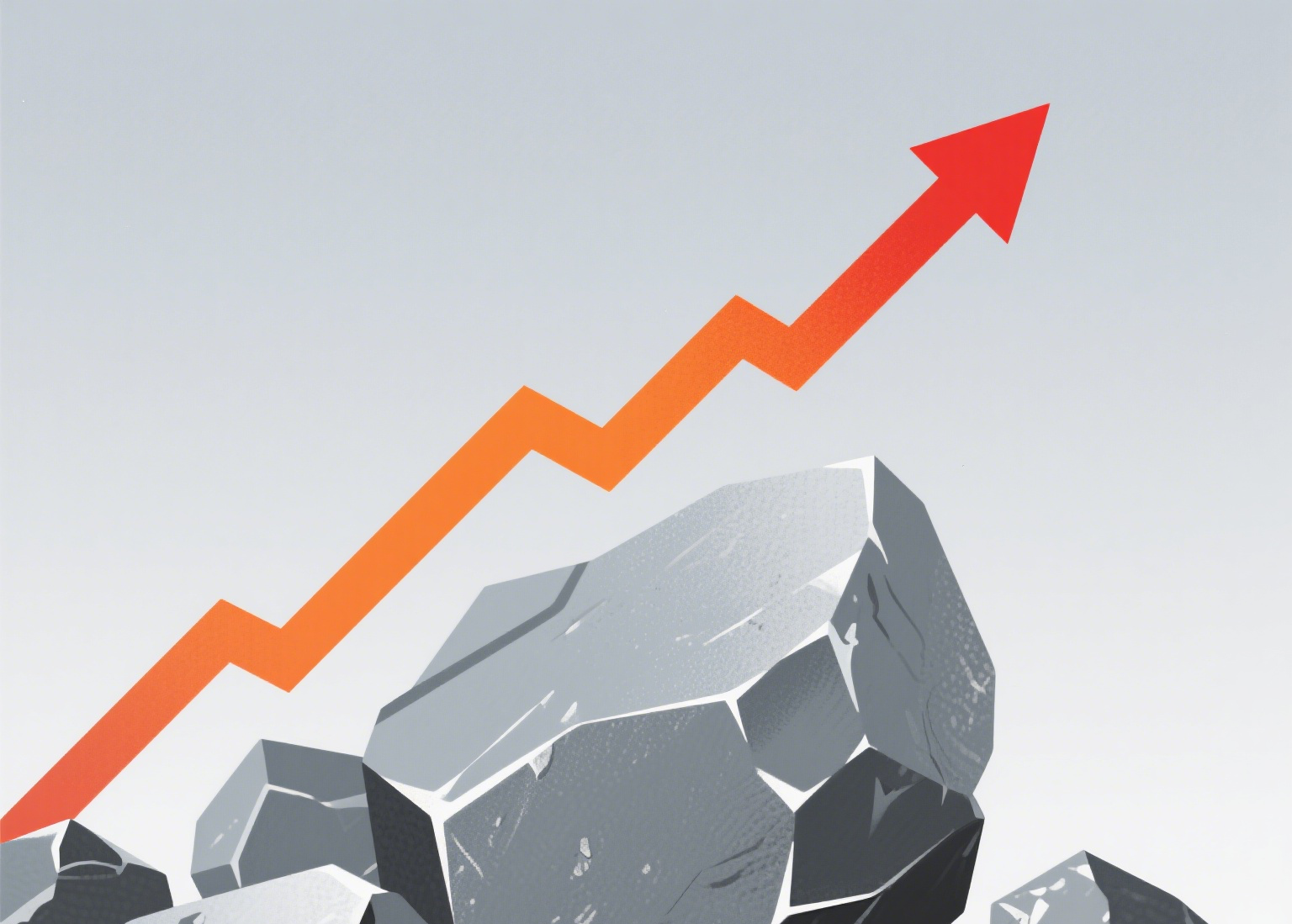Since the beginning of 2025, China’s tungsten market has experienced an unprecedented surge in prices. From wolframite, ammonium paratungstate (APT), and tungsten powder to ferrotungsten and scrap tungsten, almost all tungsten products have reached record highs. Industry insiders describe this rally as “unprecedented”.

65% Wolframite Concentrate: RMB 233,000/ton (+62.9%)
65% Scheelite Concentrate: RMB 232,000/ton (+63.4%)
Ammonium Paratungstate (APT): RMB 350,000/ton (+65.9%)
Tungsten Powder: RMB 525/kg (+66.1%)
Tungsten Carbide Powder: RMB 510/kg (+64.0%)
Ferrotungsten (70%): RMB 338,000/ton (+57.2%)
Scrap Tungsten Rods: RMB 400/kg (+81.8%)
The surge is driven by reduced mining quotas, stricter environmental regulations, tightened export controls, and sustained strong downstream demand. Industries such as renewable energy, aerospace, automotive, defense, and high-end manufacturing have significantly increased tungsten consumption, intensifying supply constraints.
Among all industries, manufacturing is the most immediately impacted by tungsten price volatility. The following sectors are particularly sensitive:
Metalworking: Tungsten carbide tools alone account for over half of global tungsten consumption. This includes products like MCD tools, which are essential in various precision machining applications.
Mining & Construction: Heavy-duty drill bits and wear-resistant components carry high costs. Many companies source from PCD insert factory suppliers to maintain quality and performance standards.
Energy & Infrastructure: Oilfield services, natural and gas drilling equipment, and renewable energy installations heavily rely on tungsten-based components. Innovative products such as PCD micro drill and PCBN blanks have become vital in these sectors
Rising prices ripple throughout the entire supply chain. Cutting tool manufacturers are particularly pressured, as tungsten accounts for nearly half of the total cost in carbide tools. Unlike raw material suppliers, they cannot fully pass these costs on to end customers. This is especially true for producers specializing in MCD inserts and carbide insert China products, where cost control is critical.
Tungsten and its alloys are essential for cutting tool production. Price increases bring several key challenges:
Rising Cost Pressure: Higher raw material costs may compress profit margins. Manufacturers dealing with diamond tools wholesale face increased procurement expenses.
Procurement Strategy Adjustments: Companies must secure long-term supply contracts or optimize inventory management. Many manufacturers are turning to long-term contracts, diversified sourcing, or inventory optimization to stabilize supply and costs, including securing quality PCD blank materials.
Product Pricing and Innovation: Elevated costs drive the development of high-performance, high-value-added tools to maintain market competitiveness.
In the short term, tungsten prices are likely to remain volatile at elevated levels, influenced by supply-demand imbalances and global market dynamics. Long-term, domestic manufacturers should focus on supply chain stability, alternative materials, and cost management strategies to mitigate risks associated with price fluctuations.
At JOYJET PRECISION, we understand the pressure that rising raw material costs place on cutting tool manufacturers. Despite tungsten price volatility, our focus remains steadfast: helping clients maintain operational efficiency, product performance, and market competitiveness. By optimizing material procurement and providing tailored solutions, we work alongside our clients to navigate industry challenges and ensure your cutting tools perform exceptionally under any market conditions.
This is the first one.